Paris, the City of Lights, doesn’t disappoint. As the sun dips below the horizon, the iconic Eiffel Tower transforms into a radiant spectacle, illuminating the cityscape. This mesmerizing display of lights, a testament to both engineering prowess and artistic vision, has captivated visitors for decades.
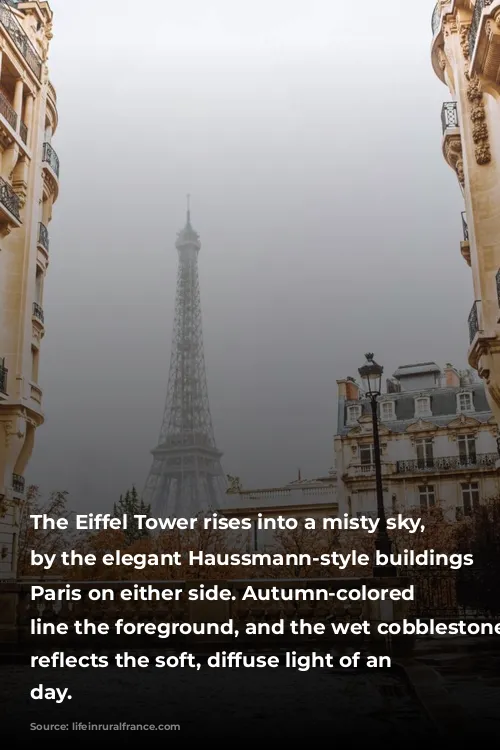
A Tale of Light: From Advertising Billboard to Sparkling Icon
The Eiffel Tower’s nightly illumination isn’t just a recent trend. It was back in 1925 when the visionary André Citroën used the Tower as a colossal advertising canvas, establishing a precedent for its use as a luminous artwork. Today, the tower’s sparkling brilliance seamlessly blends the past with the present, creating a magical experience for all who witness it.
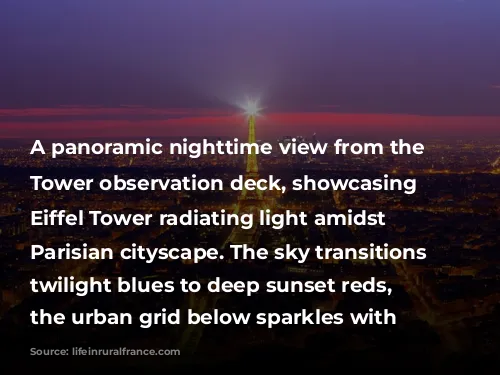
When Does the Magic Begin?
You’re probably wondering, what time does the Eiffel Tower sparkle? Well, the answer is: it sparkles every hour, starting at dusk! The lights are triggered by a sensor, automatically illuminating the Tower as darkness descends. For the first five minutes of each hour, the Tower puts on a captivating light show, with the last sparkle extravaganza taking place at 11 pm. This finale is truly special, extending for a full ten minutes with the main tower lights extinguished, allowing the sparkle to take center stage.
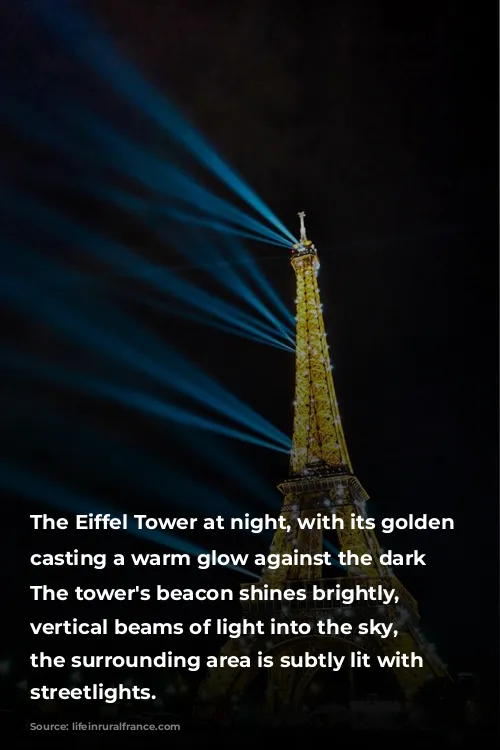
Witnessing the Sparkle: A Memorable Experience
My first encounter with the Eiffel Tower’s sparkling brilliance is etched in my memory. It was New Year’s Eve, 2011, and my daughter, then thirteen, and I were in Paris for just two nights. Seeing the Eiffel Tower was at the top of our list, and the sparkle was the icing on the cake! From the vantage point of the Arc de Triomphe, we beheld this mesmerizing spectacle, a truly unforgettable moment.
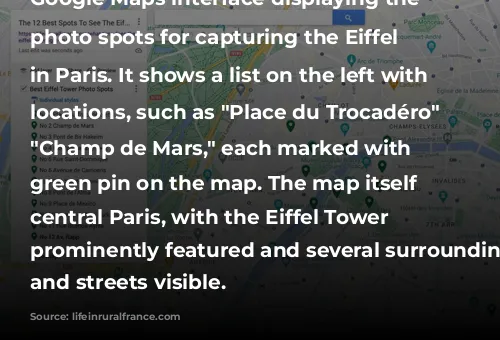
The Eiffel Tower’s Colorful Transformations
Over the years, the Eiffel Tower has taken on different hues to commemorate significant events. In 2004, it glowed red to mark the Chinese New Year, followed by a blue illumination in 2006 for the Fête de l’Europe. For the 2007 Rugby World Cup, the Tower was adorned with a unique design, featuring a green side symbolizing a rugby field and illuminated goalposts. In support of breast cancer awareness, the Tower was bathed in pink, while for the Olympics, it will be painted a majestic gold.

Top Spots for an Unforgettable View
Beyond the magical sparkle, witnessing the Eiffel Tower from various vantage points in Paris is a must-do experience. Here are some of the most captivating locations:
The Best Views:
- Place Du Trocadero: Directly across from the Tower, this is the most famous spot for Eiffel Tower views, making it a popular choice for capturing that iconic Parisian snapshot.
- The Champ De Mars: Located right next to the Tower, the Champ De Mars offers diverse angles and is particularly breathtaking during spring, adorned with vibrant cherry blossoms.
- The Bir-Hakeim Bridge: A classic viewpoint, the bridge offers perspectives from both the pedestrian level and Ile Aux Cygnes, providing a unique glimpse of the Tower.
- Seine River Near Trocadero: Enjoy unobstructed views of the Tower as you stroll along the Seine near Trocadero.
- Montparnasse Tower Observation Deck: Ascend to the 56th floor of this towering structure for panoramic views of the Eiffel Tower and other Parisian landmarks.
- Rue Saint-Dominique: A leisurely walk down this street in the 7th arrondissement reveals surprising glimpses of the Tower amid charming cafes and bookstores.
- Avenue De Camoens: This quiet dead-end street leads to a balcony offering stunning views of the Eiffel Tower, especially popular with photographers.
Hidden Gems for Instagram-Worthy Shots:
- Rue St. Dominique: Explore the shopping boutiques along this street and discover views of the Eiffel Tower peeking through the urban landscape, particularly near the charming “Le Recrutement” café.
- Pont de l’Alma: Similar to the iconic Pont Alexandre III, but less crowded, this bridge offers a perfect setting to capture the Eiffel Tower without the throngs of tourists.
- Place de Mexico: The Eiffel Tower stands out strikingly against the backdrop of beautiful French architecture, creating a quintessential Parisian street view.
- Avenue de New York: Located along the Seine River, this avenue offers stunning views of the Eiffel Tower, especially near Pont de Bir-Hakeim.
- Carrousel de la Tour Eiffel: Situated at the foot of Pont d’Iena, right by the Eiffel Tower, this spot allows for creative shots that incorporate both the carousel and the Tower.
- Rue de Buenos Aires: Offering similar views to Rue de L’Université but with fewer crowds, this quaint dead-end street is lined with classic buildings and culminates in a captivating view of the Eiffel Tower.
- Av. Rapp: Take a stroll down Avenue Rapp and uncover numerous locations offering beautiful street views of the Eiffel Tower.
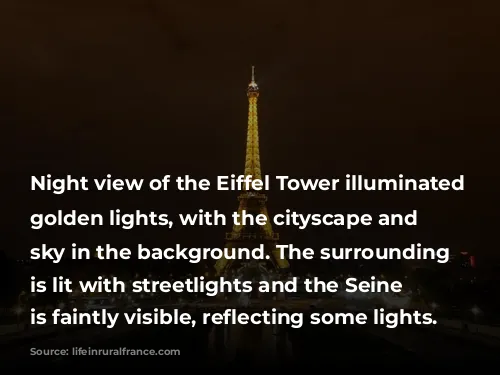
Exploring the Eiffel Tower’s Illumination History
The Eiffel Tower’s illumination has evolved significantly since its inception. Initially lit by gas lamps, the Tower offered just enough light for visitors. However, with the 1900 World Exhibition, the Tower embraced electric lighting, and a multicoloured globe was added under its first floor in 1937. Powerful searchlights were installed around the Tower in 1958, enhancing its luminosity. The current lighting system dates back to 1985, featuring 336 high-pressure sodium projectors integrated into the Tower’s structure. These projectors have undergone upgrades in 2007, 2011, and 2015.
But it’s the sparkling effect that truly steals the show. Introduced on December 31, 1999, to celebrate the new millennium, this dazzling display was initially intended to be temporary but quickly became a beloved tradition. It’s powered by an impressive 20,000 bulbs, each 6 watts, totaling 120,000 watts. While the energy consumption is lower due to the bulbs not being constantly lit, it remains a significant aspect of the Tower’s energy usage.
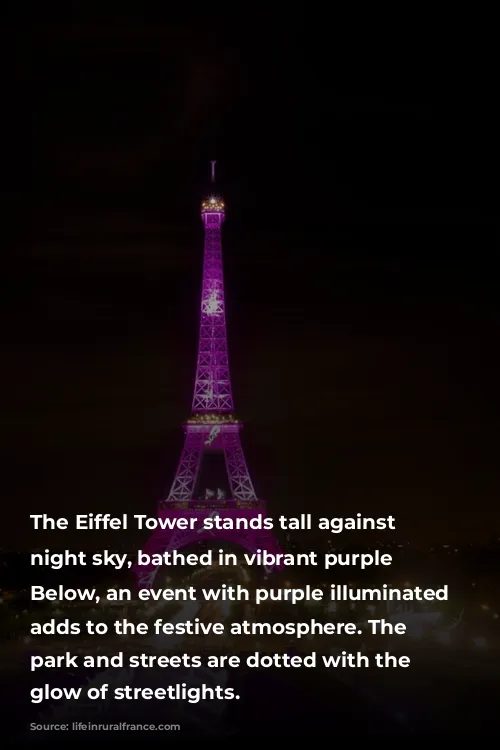
Energy Conservation Measures: A Balancing Act
In a bid to conserve energy, Paris officials, led by Mayor Anne Hidalgo, announced that starting September 23, the Eiffel Tower’s lights would be turned off at 11:45 pm, an hour earlier than the previous schedule of 1 am. This change aligns with the Tower’s closing time and is part of a broader initiative to reduce energy consumption across the city by about 10 per cent, in line with the goals set by France’s President Emmanuel Macron.
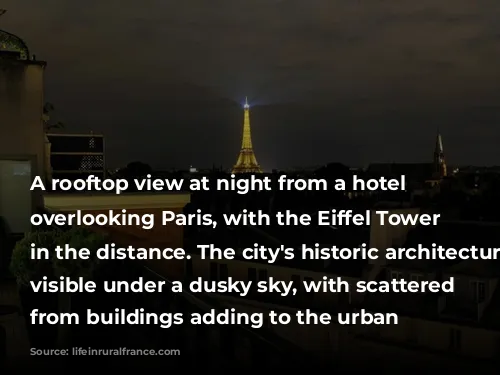
Frequently Asked Questions about the Eiffel Tower at Night
As you delve deeper into the wonders of the Eiffel Tower’s nighttime spectacle, some questions might pop up:
- What time does the Eiffel Tower light up? While the Tower lights up at dusk, the exact time varies depending on the time of year.
- Does the Eiffel Tower sparkle every night? Yes, the Eiffel Tower puts on a sparkling show every hour, starting at dusk. The last sparkle extravaganza takes place at 11 pm and lasts for ten minutes.
- How long does the Eiffel Tower sparkle? The sparkle effect lasts for five minutes each hour.
- Why does the Eiffel Tower sparkle? The sparkle effect was introduced in 1999 to celebrate the new millennium and has since become a beloved tradition.
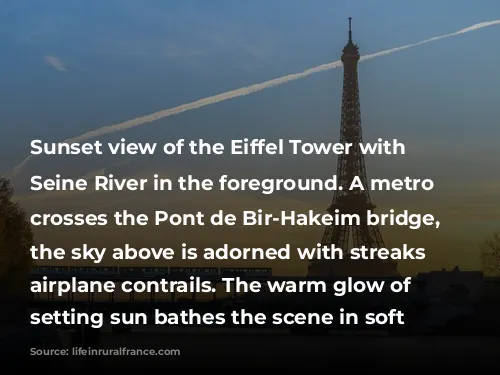
Final Thoughts: A Magical Evening in Paris
As you’ve discovered, there’s no set time for when the Eiffel Tower puts on its sparkling show. It all depends on the time of year you’re visiting Paris. But one thing remains constant: the magic of the sparkle.
Remember, the most spectacular show happens at 11 pm. It’s a ten-minute spectacle of pure brilliance, a reminder that Paris, the City of Lights, truly lives up to its name. So, plan your trip, find the perfect viewing spot, and prepare to be enchanted by the Eiffel Tower’s sparkling allure.









